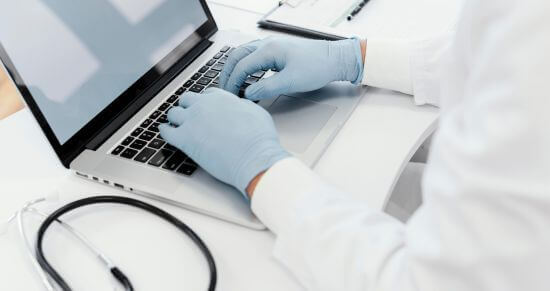Medical Device and In-vitro Diagnostic Device regulations are changing constantly and are becoming difficult to comply and implement. One major difficulty that the manufacturers are facing is transitioning and complying to these new changes. One of the challenges for manufacturers of devices is to ensure that they have a design history file for their existing products which should comply with the new European Medical Device Regulations and In-Vitro Diagnostic Device Regulation.
A Design History File is a complex document, as it is a collection of records which demonstrates the design of the device through its development cycle. The Design History File (DHF) provides evidence that the device has been developed in accordance with the user requirements and the design plan.
A separate Design History File (DHF) shall be prepared for different device types, unless you manufacture similar versions of the same device and the design remains same, then it can be included in the same Design History File (DHF).

















